The Smallest Show on Earth (1957)
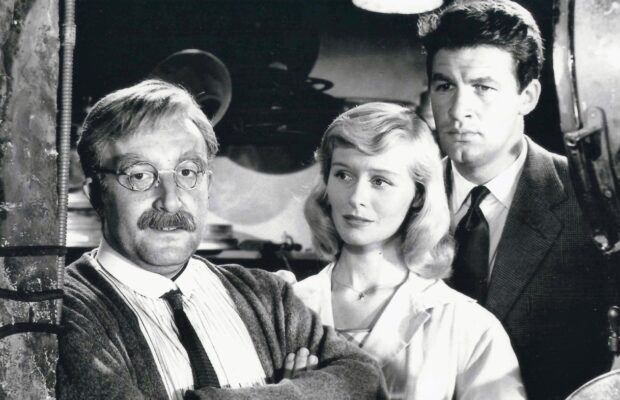
Toronto Film Society presented The Smallest Show on Earth (1957) on Saturday, March 30, 2024 as part of the Season 76 Virtual Film Buffs Screening Series, Programme 7.
Toronto Film Society presented The Smallest Show on Earth (1957) on Monday, July 4, 1983 in a double bill with Sherlock Jr. as part of the Season 36 Summer Series, Programme 3.
Production Company: British Lion. Producer: Michael Relph. Director: Basil Dearden. Screenplay: William Rose and John Eldridge, from a story by William Rose. Photography: Douglas Slocombe. Editor: Oswald Hafenrichter. Music: William Alwyn. Art Direction: Allen Harris.
Cast: Bill Travers (Matt), Virginia McKenna (Jean), Margaret Rutherford (Mrs. Fazackalee), Peter Sellers (Mr. Quill), Bernard Miles (Old Tom), Francis De Wolff (Hardcastle), Leslie Phillips (Robin), June Cunningham (Marlene), Sidney James (Mr. Hogg), George Cross (Commissionaire), George Cormack (Bell), Stringer Davis (Emmett), Michael Corcoran (Taxi Driver).
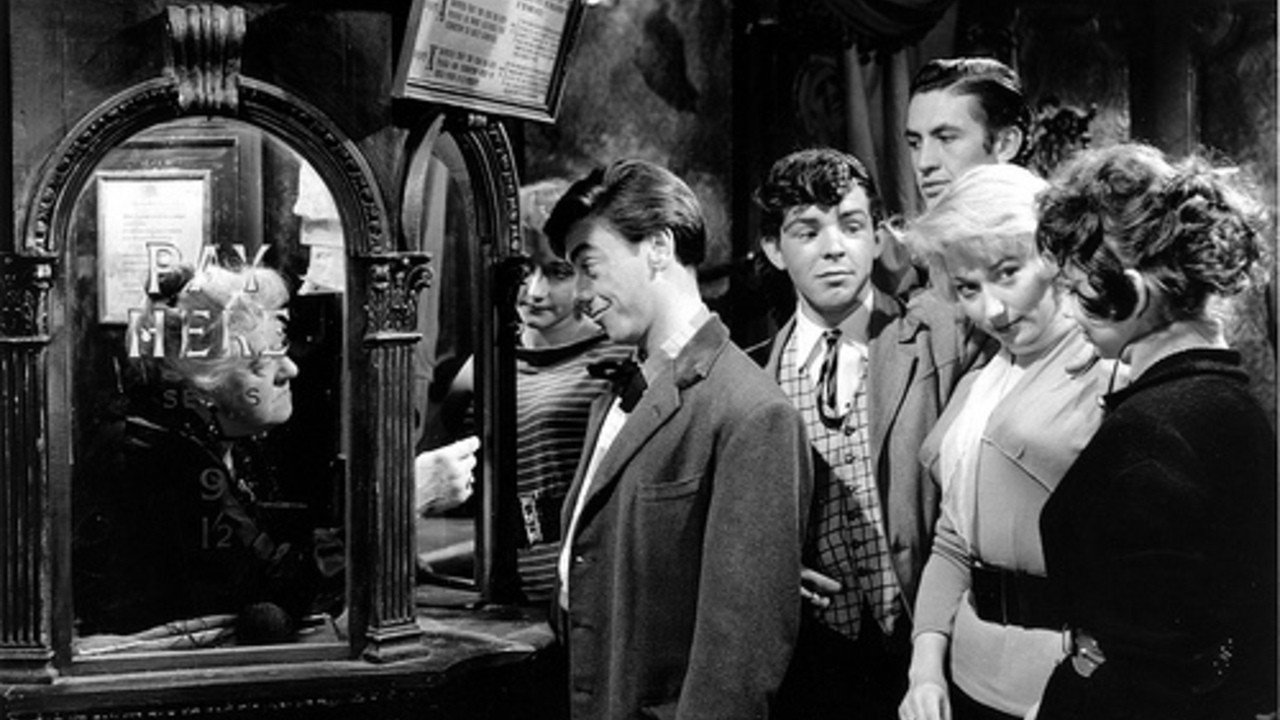
While Sherlock Jr. focusses on the sadly comic projectionist/janitor in a silent movie theatre, The Smallest Show on Earth (with apologies to DeMille’s 1952 circus epic) offers a trio of decrepit employees in a noisily decaying small-town establishment. Peter Sellers, Margaret Rutherford and Bernard Miles hilariously play, respectively; the projectionist, cashier and doorman in a “fleapit” that has been reluctantly inherited by a square but resilient couple played by the real-life husband and wife team of Bill Travers and Virginia McKenna.
The Smallest Show on Earth is typical of the British Comedies of the period in that its humour springs mainly from the eccentricities of its characters and in particular the ingenuity of enterprising down-and-outers in the face of adversity. (Consider, for instance Alec Guinness in The Lavender Hill Mob or The Ladykillers). Adversity in The Smallest Show on Earth is represented not only by the unpromising “Bijou Kinema” itself, but also by modern capitalist success symbolized by its opulent rival, the Grand Theatre and the imperialist ambitions of its owner, Mr. Hardcastle. Collectively our odd and ancient team at the Bijou are, of course, more than a match for Hardcastle; and their inventive pluckiness on a wacky road to success cannot fail to amuse.
The Smallest Show on Earth is also typical of its genre, period and nationality in that it is quite clearly low budget. Its inexpensive production values are, however, singularly effective; for one cannot see the film without smelling the odoriferous glue factory neighbouring the theatre, or shaking with the passing railway trains, or sweating with the sweltering patrons during an exceptionally scorching desert scene. The old Bijou’s dust, its peeling plaster and its tattered posters are unusually tangible, a fact which must doubtless be credited to the art direction and photography as much as to the director.
Director Basil Dearden (1911-1971) cut his teeth filming George Formby and Will Hay, but in his later years, The Smallest Show on Earth is one of his rare comedies. He is better known for the serious Sapphire (1959), Victim (1961) or Khartoum (1966). Douglas Slocombe is possibly Britain’s most distinguished cinematographer (with work ranging in style from Dead of Night (1945)–partially directed by Dearden–to The Great Gatsby (1974). The Travers/McKenna duo are together most closely associated with Born Free (1966) and singly with Wee Geordie (Travers 1955) and Carve Her Name With Pride (McKenna 1958). As for Sellers and Rutherford, their comic skill has enhanced our pleasure too often to relate. They are, like the lost Bijous of the world, sorely missed.
Notes by Cam Tolton

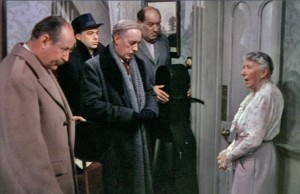
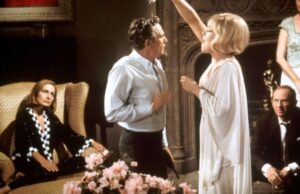
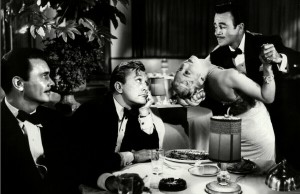






Leave a Reply